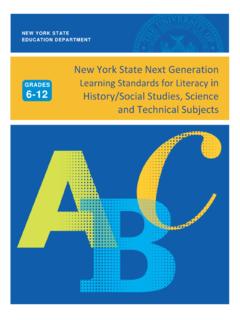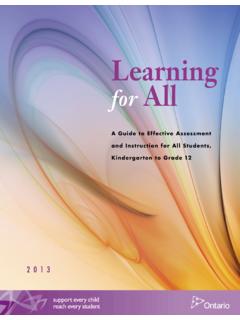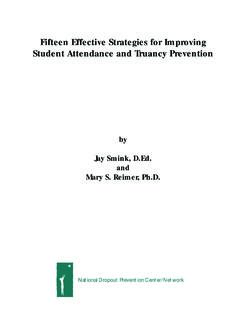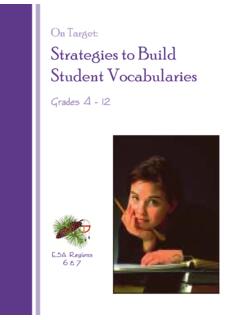Transcription of A TEACHER’S GUIDE TO
1 Shoot all the bluejays you want, if you can hit em, but remember it s a sin to kill a mockingbird. A teacher S GUIDE TOALIGNED TO THE COMMON A teacher S GUIDE TO HARPER LEE S TO KILL A MOCKINGBIRD 2 Table of ContentsNote to Teachers 3 Guided Reading Questions 4 Chapter One 4 Chapter Two 4 Chapter Three 5 Chapter Four 6 Chapter Five 6 Chapter Six 7 Chapter Seven 7 Chapter Eight 7 Chapter Nine 8 Chapter Ten 9 Chapter Eleven 10 Chapter Twelve 10 Chapter Thirteen 11 Chapter Fourteen 12 Chapter Fifteen 12 Chapter Sixteen 13 Chapter Seventeen 14 Chapter Eighteen 14 Chapter Nineteen 15 Chapter Twenty 15 Chapter Twenty-One 16 Chapter Twenty-Two 16 Chapter Twenty-Three 16 Chapter Twenty-Four 17 Chapter Twenty-Five 18 Chapter Twenty-Six 18 Chapter Twenty-Seven 19 Chapter Twenty-Eight 19 Chapter Twenty-Nine 20 Chapter Thirty 20 Chapter Thirty-One 21 Writing and Discussion Prompts 22 Topics for Argumentation Essays or Debate 22 Topics for Informative Writing 23 Topics for Narrative Writing 24 Research Topics 25 Other Books of
2 Interest 27 Fiction 27 Nonfiction 27 Online Resources 27 Video Resources 28 About the Author 28 About This GUIDE s Author 28 A teacher S GUIDE TO HARPER LEE S TO KILL A MOCKINGBIRD 3 Note to TeachersThe questions and activities in this teaching GUIDE were written to support standards-based instruction. Harper Lee s To Kill a Mockingbird meets the standard for Range of Reading and Level of Text Complexity for middle and high school grades. Since the novel is most commonly taught in middle school, this GUIDE is aligned to the Common Core standards for grade 8.
3 It is easily adaptable to a variety of grade levels and classes. To Kill a Mockingbird is noted as an exemplar text by the Common Core State Standards for the English Language Arts: complete list of the Common Core State Standards can be found at This teacher s GUIDE is divided into three sections. The first, Guided Reading Questions, will help students with reading com-prehension and appreciation. These questions can be used as a GUIDE for annotating the text, journal responses, or class discussion. A focus on the analysis of characters, plot, and theme is embedded within these questions. The second section, Writing and Discussion Prompts, consists of analytical writing and discussion prompts and is subdivided into genres based on the writing standards. The third section, Research Topics, requires students to conduct and synthesize significant outside research on topics related to the novel. Before you Read: Students often assume that the civil rights movement immediately followed the end of slavery.
4 Before you be-gin this unit, you may want to lead students in a brief guided research group activity to have them create a timeline of significant events in American history that occurred between the Civil War and the Civil Rights Movement. Post the timeline in your class-room and, as they read, help students place the events in To Kill a Mockingbird on this timeline. A teacher S GUIDE TO HARPER LEE S TO KILL A MOCKINGBIRD Write routinely over extended time frames (time for research, reflection, and revision) and shorter time frames (a single sitting or a day or two) for a range of tasks, purposes, and ONEV ocabulary: assuaged, chattel, unsullied, courteous, detachment, tyrannical, entity, repertoire, vapid, malevolent, predilection, flivver, nebulous, gouge, terrain, foray What does the first paragraph reveal about Jem s personality? 2. Is the narrator of the book an adult or a child? Find a quote from the text that supports your answer.
5 3. Examine the description of Atticus Finch s office on page five. What does his office reveal about his character? What could be significant about the use of the work unsullied to describe Atticus s copy of the Code of Alabama? 4. Why do you think Atticus s first two clients gave him a profound distaste for the practice of criminal law (5)? What does this suggest about Atticus s values? What does the line Maycomb County had recently been told that it had nothing to fear but fear itself (6) reveal about the setting of the novel? (You may need to look up the source of this famous quote: We have nothing to fear but fear itself. ) What role does Calpurnia play in the Finch household? Cite a quote from the text that supports your answer. Describe your first impressions of Dill. Find a quote about Dill that you find particularly interesting and important and explain how that quote helps develop his character. 8. Examine the description of the Radley Place.
6 What does the description suggest about the house and its inhabitants? Find a quote that you think is especially effective or important and include it in your answer. Summarize what the children know about what happened to Boo Radley. Who do they get their information from? Why do you think they are so interested in Boo? What do they decide to try to do? Describe Scout s relationships with the following characters: Atticus, Jem, Calpurnia, and Dill. Include quotes from the novel to support your analysis. TWOV ocabulary: condescend, peculiarities, indigenous, pronouncement, impressionistic, distaste, wallow, illicit, confer, graciously, entailment, vexation, subsequent, mortification, sojourn, uninitiated Why do you think Scout looked forward to starting school? What do you think she hoped it would be like? Cite a quote from the text that supports your answer. According to Scout, how was North Alabama different from Maycomb County?
7 Cite a quote from the text that supports your answer. What does Scout mean when she says, most of the first grade had failed it last year (19)? What does this comment suggest about education in Maycomb County? Does Miss Caroline seem to be aware of the community that she is teaching in? Cite a specific quote to support your answer. Reading Questions A teacher S GUIDE TO HARPER LEE S TO KILL A MOCKINGBIRD 54. How does Miss Fisher respond when she finds out that Scout already knows how to read? What does her response suggest about the type of teacher she will be? What does Jem say about Miss Caroline s teaching style? What does Scout tell her teacher about Walter Cunningham? How does she know about the Cunningham family? What details in this section suggest that the Cunninghams are people of principle and dignity? Why do you think Miss Caroline cries after the children leave for lunch? Do you feel sorry for her?
8 Explain your answer. This chapter contains several examples of characters judging each other or making assumptions about one another. What assumptions does Miss Caroline make about the students in her class? What assumptions do the students make about Miss Caroline? Include specific quotes to support your answer. THREEV ocabulary: speculation, cordially, flinty, iniquity, persevere, contemptuous, contentious, condescension, diminutive, slouch, lei-surely, monosyllable, fractious, amiable, judiciously, populace, concede, disapprobation, diction Why does Scout beat up Walter Cunningham? Why does Jem stop her? What does this incident reveal about Scout s person-ality? Cite specific textual evidence to support your answer. Based on context clues and the sound of the word, what do you think the word hain t (page 26) means? Look up the word online. Were you correct? If you were, how did you figure it out? If you were not, what could have given you a clue about its meaning?
9 Apply what you learned to the word pizened in the next paragraph. How does Atticus treat Walter? What does this suggest about Atticus s character? Why does Calpurnia scold Scout? What does this reveal about her role in the Finch household? What frightens Miss Caroline? Based on context clues, what do you think a cootie is? 6. How does Burris Ewell respond to Miss Caroline? Compare and contrast Burris Ewell with Walter Cunningham. What do the boys have in common? How are they different? In literature, a character that contrasts with another character is called a foil. What point do you think Harper Lee is making by introducing Burris as a foil to Walter? 7. Explain how Scout s comment that her first day of school made her gloomy because, the prospect of spending nine months refraining from reading and writing made me think of running away is an example of irony (31). 8. How does Atticus respond to Scout s complaints about Miss Cunningham?
10 What does his response reveal about his personal-ity and values? What do Atticus s comments about the Ewell family and the law suggest about his view of justice? Support your answer with a quote from the text. At this point in the book, what lessons do you think Scout is beginning to learn about the way to treat others? A teacher S GUIDE TO HARPER LEE S TO KILL A MOCKINGBIRD 6 CHAPTER FOURV ocabulary: auspicious, opposition, sluggish, tyranny, meddling, arbitrate What does Scout s observation that she inched sluggishly along the treadmill of the Maycomb County school system suggest about her experience in public school? What do you think she means when she says she had the impression she was being cheated out of something (37)? What is the first thing that Scout finds in the oak tree on the edge of Boo Radley s property? How does Jem react when he learns about her discovery? What is the second thing that Scout finds in the oak tree?
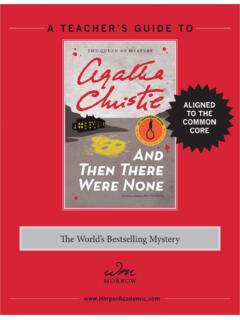
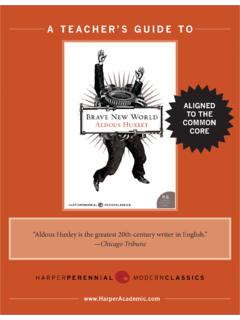
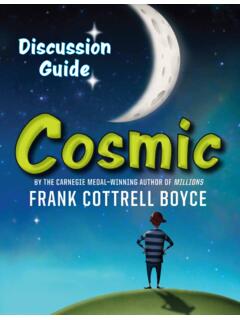
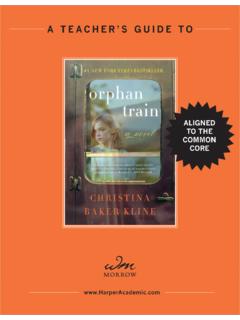


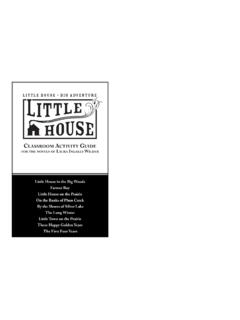
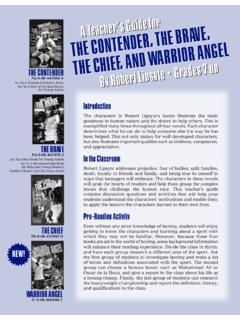
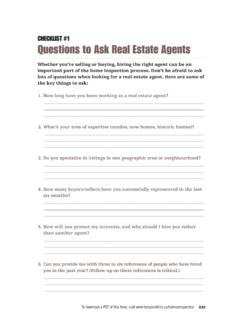


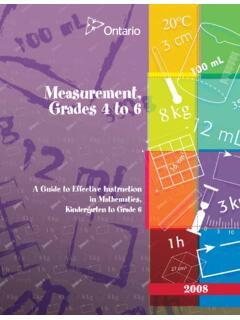
![The Ontario Curriculum, Grades 1-8, Language [revised] 2006](/cache/preview/d/5/3/5/d/c/7/4/thumb-d535dc7439a04910d8a17bf7f1d6b83f.jpg)
